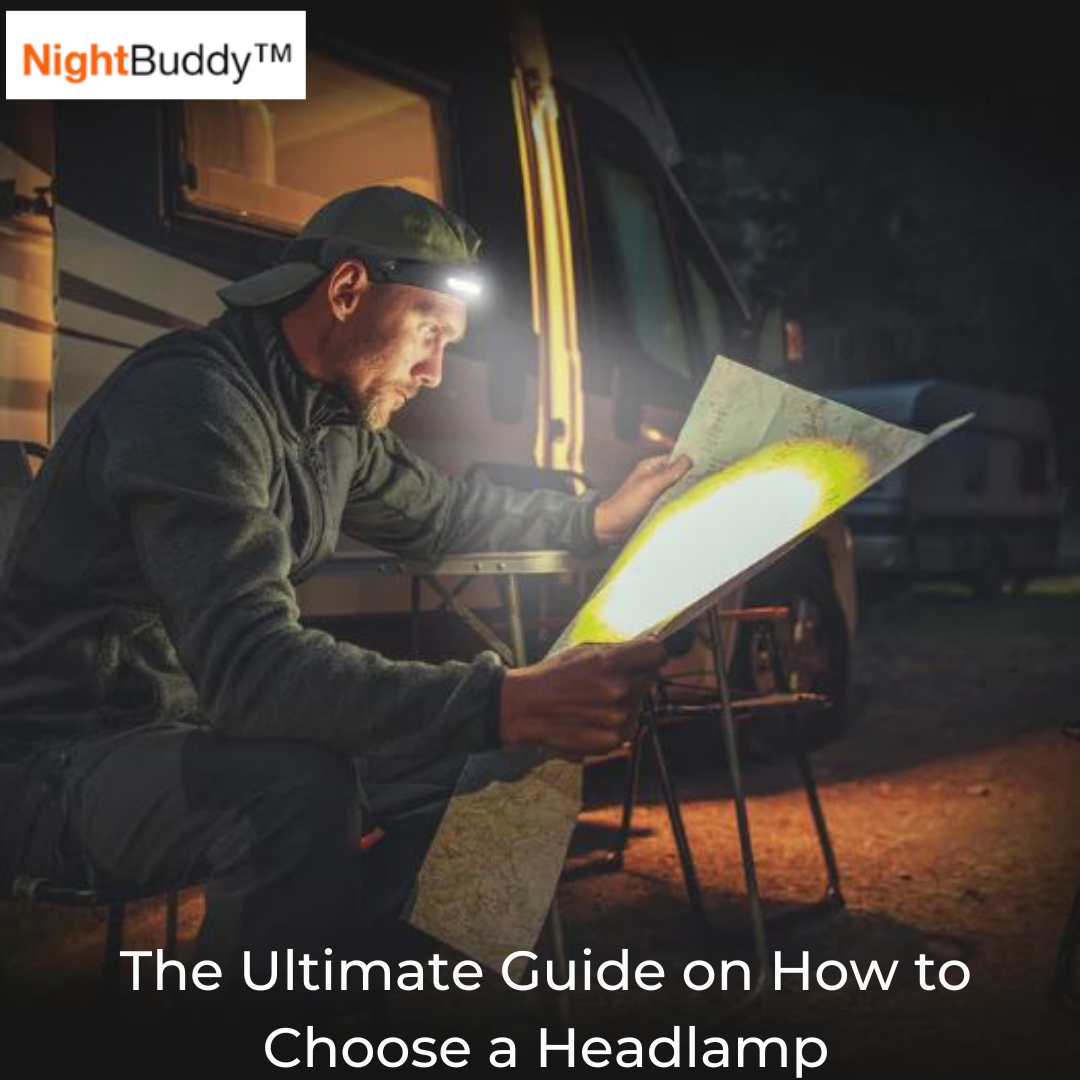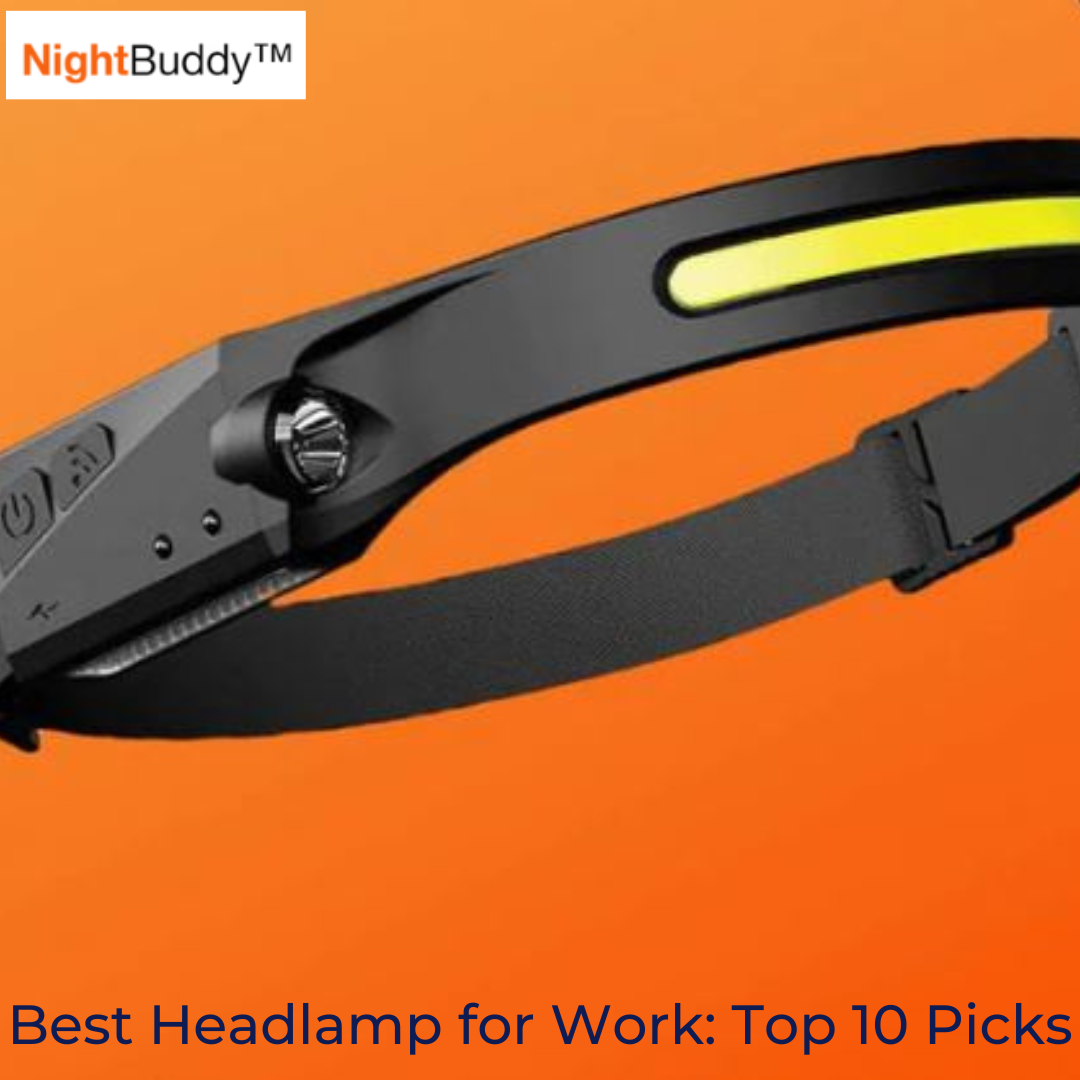6 Steps On How to choose a headlamp
Choosing a headlamp isn’t as straightforward as it may sound. If you don’t know what to look for, you’ll most likely feel overwhelmed by the wide variety of options available.
Head Torch Lumens Guide
| Lumens | Usage | Example Activities |
|---|---|---|
| 50-100 lumens | Basic tasks in close proximity | Reading a book, finding something in a tent, walking in a dimly lit area |
| 100-200 lumens | General camping and hiking | Cooking at a campsite, hiking on a clear night, walking on a familiar trail |
| 200-400 lumens | Trail running and night hiking | Running on a well-lit trail, hiking in difficult terrain, mountain biking |
| 400-600 lumens | Technical activities and mountaineering | Climbing, skiing, caving, snowshoeing |
| 600+ lumens | Extreme conditions and activities | Ultra-running, extreme mountaineering, search and rescue |
When choosing a headlamp, factors such as;
- What will you use the headlamp for
- headlight beam brightness
- beam distance
- battery type and life
- Impact resistance
- Water resistance
among others, play notable roles in the selection process. You also have to take into consideration the use case for which you’re buying the headlamp, be it camping, mountain biking, hiking, caving, backpacking, or something else entirely.
On that account, this post is going to highlight the six most important factors to consider in a headlamp. We assure you that by the end of this piece of writing, you’ll know exactly how to choose a headlamp, so stick around.
Step #1 What will you use the headlamp for
Different activities and environments require different features. Buying a headlamp for work is different from buying one for leisure. For example, you may want a headlamp for trail running.
So, the first thing you need to do is consider the reason you’re buying the headlamp. For instance, if you’re buying a headlight for industrial purposes, you should consider a sturdy product that’s explosion-proof and impact-resistant.
On the other hand, if you’re buying a headlight for leisure activity like long-distance hiking, you need a water-proof product that can offer you a longer-than-average run time. It should also be on the lower side in terms of headlamp weight.
Step #2 Beam Brightness

The brightness of most light sources, including headlamps, is measured in lumens. Generally speaking, the higher the number of lumens, the brighter the visible light will be.
More lumens don’t necessarily equate to a better light source, though. The number of lumens you need will boil down to the activity for which you’re buying the headlamp.
For instance, if you’ll be using the headlamp for some close-up work or for reading in a tent, you don’t need a super-bright headlamp. You can do with one that offers as low as 25 lumens.
For night hiking, jogging, or running, consider buying a lightweight headlamp that offers 200 to 350 lumens so you can clearly see where you’re going.
For high-speed biking, search and rescue purposes, skiing, and similar activities, consider a product with a brightness level of 600 to 1,000 lumens.
Step #3 Beam Distance
In addition to looking at the headlamp’s number of lumens to determine the level of brightness it can offer, you need to look into its beam types (beam distance). Generally, most headlamps provide flood light and spotlight lighting.
The light emitted in flood light mode is broader and dimmer than the light output in spotlight mode. It’s intended for close-proximity illumination. The spot beam mode, per contra, has a narrower, more focused beam pattern and covers longer distances than the flood beam mode.
Most high-end headlamps feature both lighting settings, along with other case-specific modes, like a strobe mode (emergency blinker) for emergency situations and a red light mode for glare reduction and a range of other uses.
It's also worth mentioning that some headlamps provide more than just white light and red light settings as far as color options. There are, in fact, modern headlamps that provide colored lights like green (night vision) and blue. Like the red light setting, these colored LED lights perfect fror runners help with glare and light pollution. You should also check out our customer favorite strong beam flashlight.
Step #4 Battery Type and Life
There are three main types of batteries used in the headlamp market: replaceable AA or AAA batteries, rechargeable NiMH batteries or lithium batteries, and hybrid batteries. Each battery type has some pros and cons to consider.
The vast majority of LED headlamps run on AA or AAA batteries. The great thing about these external battery packs is that you can always pack extra batteries so that you don’t run out of juice mid-adventure.
However, the main downside of a replaceable battery pack is that if you use your headlamp a lot, you’ll be spending a notable amount of money on replacement batteries.
Rechargeable batteries, as the name suggests, can be recharged using a USB cable. Some can even be recharged with a solar panel or a power bank. These batteries will help save you a good sum of money, but their main downside is that if you have no way to recharge them, you’ll be left with a dead headlamp in the middle of the night.
Hybrid batteries are by far the most efficient options, as they combine the use of rechargeable and replaceable battery packs for your convenience. Their main downside is that they’re costly.
The information regarding battery consumption is usually listed in the headlamp’s specs sheet, so be sure to check it.
Some tips that can maximize your headlamp’s battery power include:
-
Only turn on the light when you need it.
-
Opt for a headlamp that offers regulated lighting.
-
Use high-intensity modes only when necessary.
Step #5 Impact Resistance
An impact-resistant headlight is one that can be dropped from specific heights onto a concrete surface—with the batteries and accessories installed—and still be completely functional with no cracks.
Keep in mind that different headlamps have different impact resistance ratings, with the more expensive options having higher resistance ratings than their cheaper counterparts (You will know brands like Petzl, but if you want the best, Night Buddy is the way to go! ).
Step #6 Water Resistance
A lot of the activities that require the use of headlamps are outdoor activities. This entails buying a headlamp that has some level of resistance to water, which is rated using the Ingress Protection (IP) system.
Headlamps with an IPX4 rating can only handle water splashes, whereas headlights with an IPX7 or IPX8 can be fully submerged in water without any problems.
Your choice with respect to water resistance will boil down to the activity for which you’re buying the headlamp. For instance, resistance to water isn’t of much value for a mechanic (see our headlamps for mechanics) or a maintenance worker. However, for an outdoor adventurer, an IPX7 or IPX8 rating is needed.
Make sure to check all additional features
Brightness Settings
Many headlamps offer adjustable brightness settings, allowing you to conserve battery life or increase the brightness when needed.
Waterproof or Water-resistant
For outdoor activities, having a headlamp that is waterproof or water-resistant can be extremely useful in wet or rainy conditions.
Red Light Mode
Some headlamps have a red light mode, which can help preserve your night vision and is often used in camping or stargazing.
Rechargeable
Rechargeable headlamps can be more convenient and cost-effective in the long run, especially if you frequently use your headlamp.
Weight
The weight of a headlamp can vary depending on the model and can affect how comfortable it is to wear for extended periods.
Comfort
Some headlamps are designed to be more comfortable to wear than others, with features such as adjustable straps or padded headbands.
Durability
A durable headlamp can withstand the wear and tear of outdoor activities and is less likely to break or malfunction.
Multiple Modes
Some headlamps offer multiple modes, such as a strobe or SOS signal, which can be useful in emergency situations.
What are the Most Essential Features for an Excellent Headlamp?
When it comes to selecting the perfect headlamp, a high-quality headlamp with a brighter light and extra features is essential. The brightness of a headlamp serves as a key indicator of its performance, and modern LED technology has revolutionized light output.
Look for a headlamp that offers excellent optical quality and a high lumen output, ensuring a bright beam of light that effectively illuminates your surroundings. This is particularly crucial when using the headlamp for activities like camping or hiking, where reliable light at night is essential.
Weather resistance is another handy feature to consider when choosing a headlamp. Opt for a headlamp that offers excellent weather resistance, allowing you to use it even in challenging conditions. Whether it's rain, snow, or dust, a waterproof headlamp ensures that your light beams remain reliable and unaffected by external elements.
Additionally, consider a headlamp with a rechargeable battery option, providing convenience and cost savings in the long run. This allows you to easily recharge the headlamp and have it ready for use whenever needed, ensuring consistent and reliable light quality.
Lastly, consider the beam of light that the headlamp emits. A wide beam is ideal for close-range activities and provides a broader field of vision, making it perfect for tasks that require proximity and peripheral awareness.
On the other hand, a narrow beam offers focused and intense light for long-distance visibility. Assess your specific needs and choose a headlamp that offers the desired light intensity and beam width, ensuring that it meets your requirements for various activities and situations.
Wrapping Up
There you have it; the six most important factors to consider in a headlamp. By taking these factors into consideration, you’re guaranteed to get the most bang for your buck.
If you don’t want to waste time scouring the internet for a product that suits your needs, you should check out the NightBuddy 230º LED Headlamp. This rechargeable headlamp delivers ultra-wide illumination with a reach of up to 100 meters (328 feet) and has excellent battery life.
It's also lightweight and stylish. And it flaunts a no-bounce design, a waving-based on/off feature, five lighting modes, a red light mode, and a battery life of 3 hours on the highest lumen level and 8 hours on the lowest.
Read:




Leave a comment
This site is protected by hCaptcha and the hCaptcha Privacy Policy and Terms of Service apply.